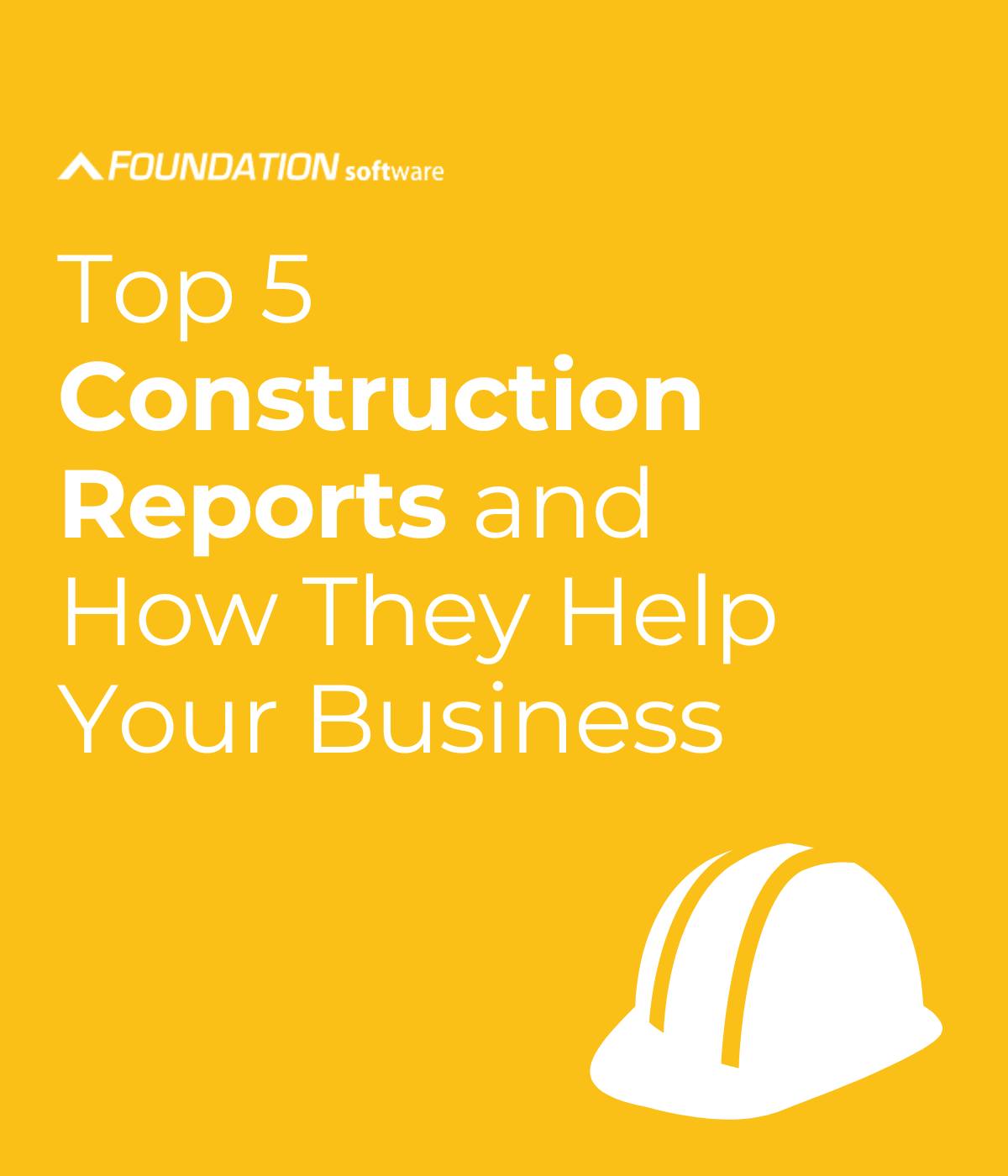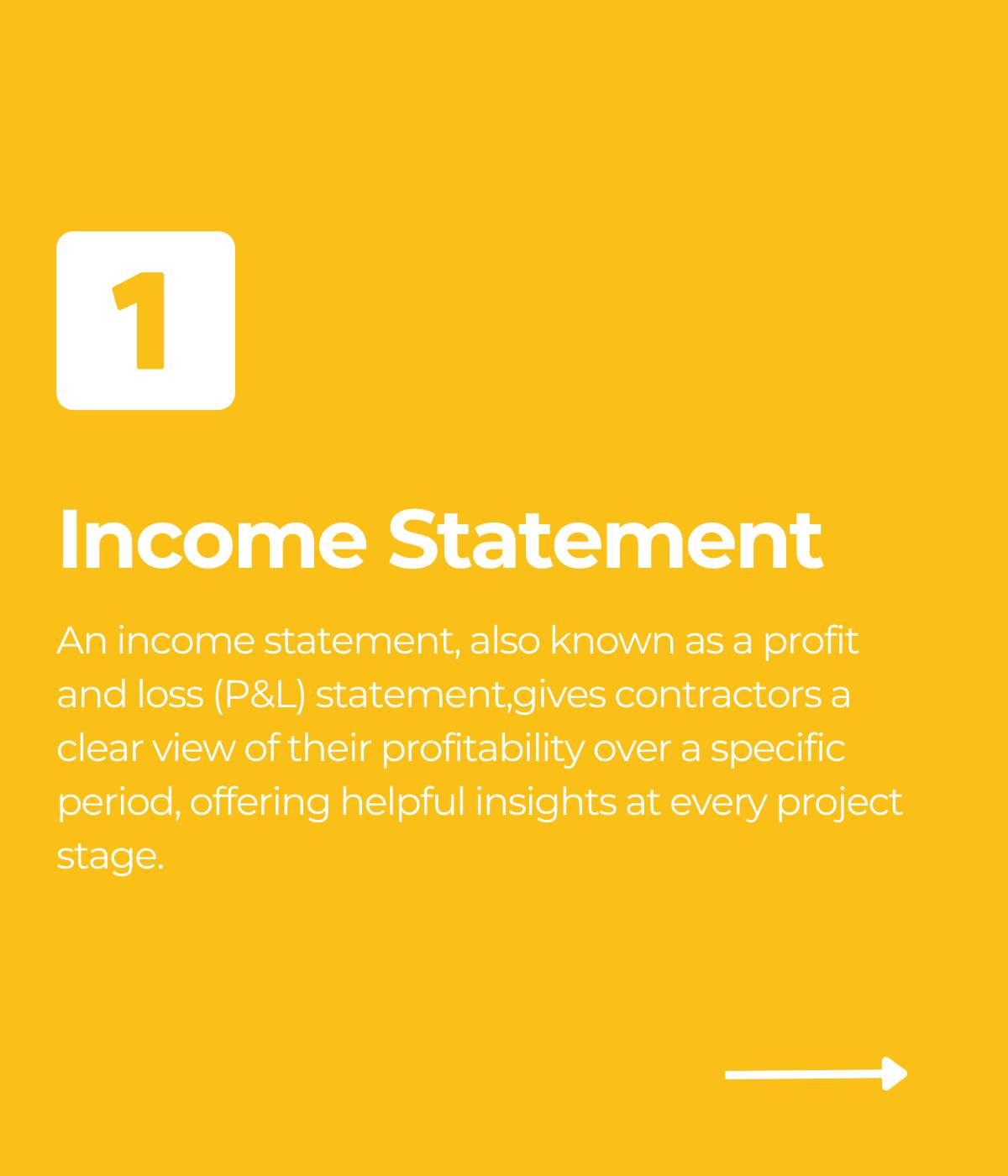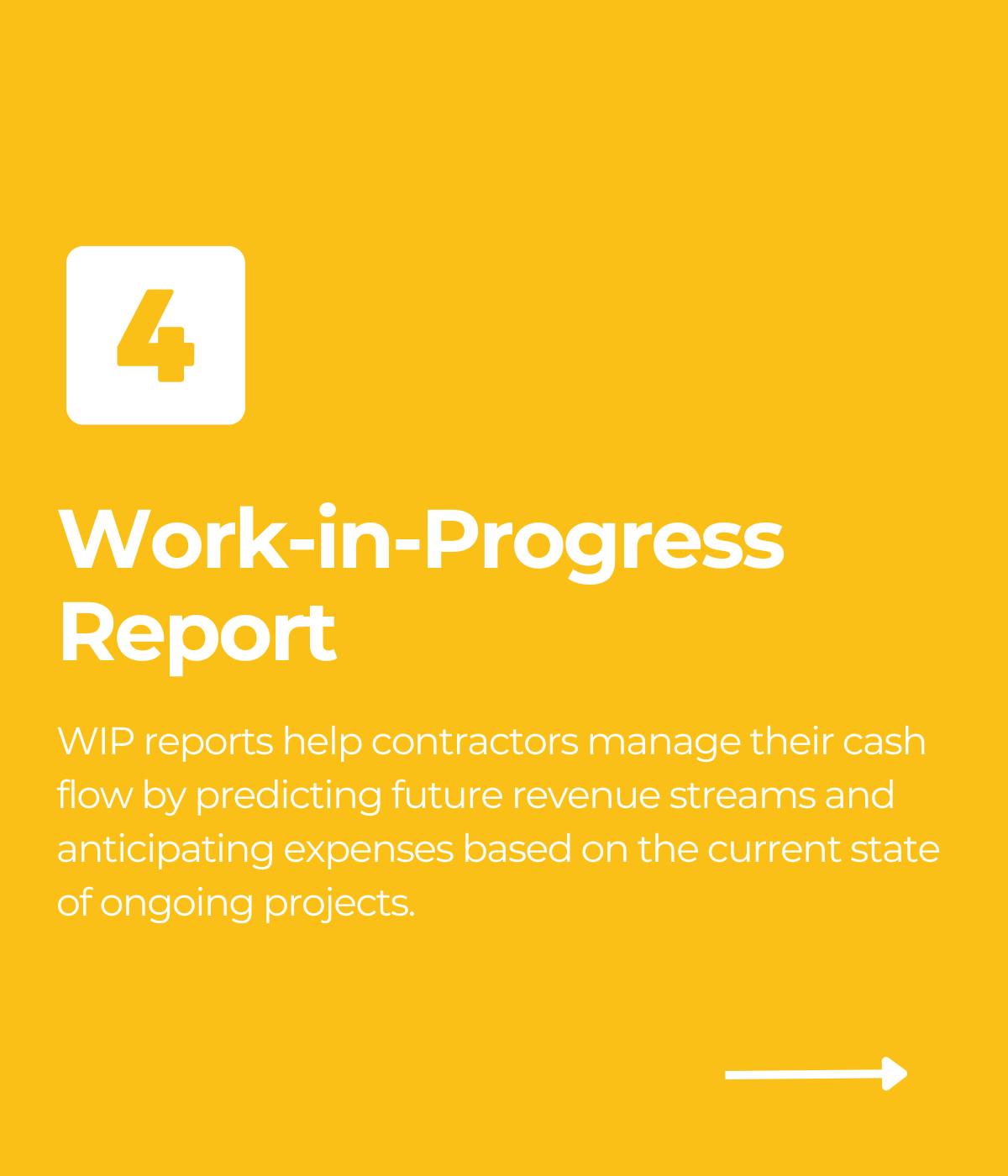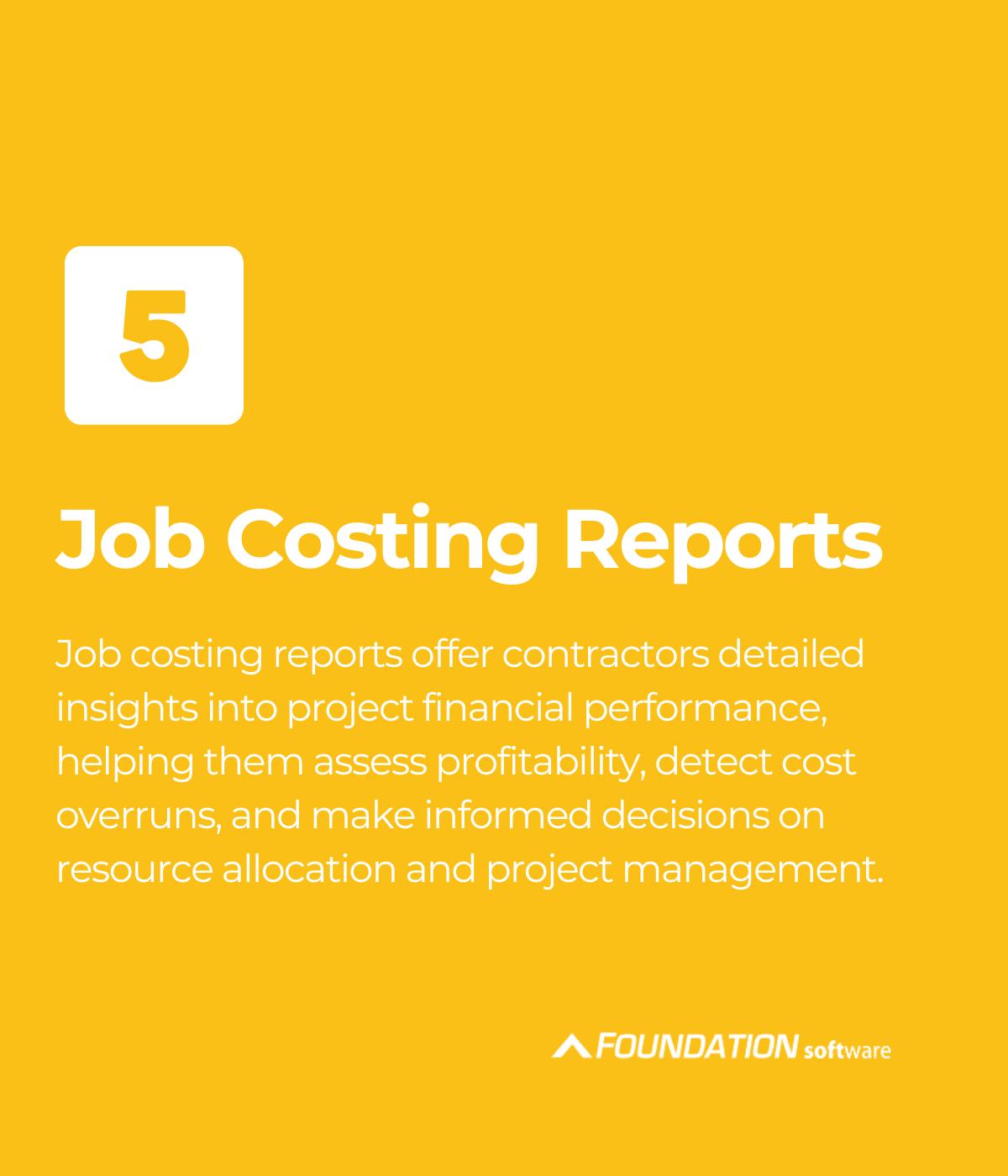

You’d be hard pressed to find a type of entrepreneur more undervalued than the American subcontractor. Subs make critical contributions to the infrastructure that supports our nation’s businesses, schools, offices and more. But their treatment in the market does not, at this point, reflect the value they’ve been bringing to the table for decades. Industry politics and power dynamics have seen subs continually get the short end of the stick.
While waiting for late payments, subs become the de facto financiers of the construction industry. They take on massive projects with weaker access to capital than those in other industries. In this article, we’ll explore the shortfalls of subs’ financial position in the industry, and how things are slowly changing for the better.

The Broken Payment Chain in Construction
According to the 2023 Billd Subcontractor Market Report, 60% of subcontractors report that they are slow-paid by GCs. But how slow? Well, most subs report an average of 74 days between when work begins and when they get paid, though many wait much longer. This means that subcontractors have to shoulder the strain of payroll, overhead and material expenses on their own dime. More than 32% of subcontractors say they’d be willing to give the GC a discount if they got paid the moment the pay app was approved, illustrating just how much prompt payment matters to them.
Oftentimes, GCs are not aware of the impact of slow pay on subcontractors and how it affects their ability to do their job. Admin and labor costs mount while subs wait for these payments to come in, and by fronting the capital necessary to build the project, they’re effectively financing the project on their own dime. This 74-day wait is just too long for subs who need to repay their vendors on a much tighter timeline, especially for those massive material purchases.
The Problem with Material Purchasing
The state of material purchasing isn’t great. A whopping 73% of subs pay out of pocket for materials before receiving payment from the GC or owner, and they’re not using cash to make those purchases.
Short Supplier Terms
Rather than pay for materials up front, subs often opt for payment terms with their supplier. This allows them immediate access to the materials, with a bit more time to pay. Supplier terms are by far the most popular way for subs to finance their materials, with 87% of subs using them. Despite their popularity, terms have a busload of shortcomings. Often just 30 days in length, terms aren’t long enough to carry subs through those drawn-out payment cycles. Materials come due long before the sub gets paid.
Lost Material Discounts
The other problem with terms is that they force subs to miss out on cash discounts. In other words, if the sub were in a position to pay upfront rather than in 30 days, half of suppliers report that they would be willing to offer them a discount. Those discounts vary anywhere from 1-8%, and when purchases are so large and frequent, those numbers add up quickly.
Supplier terms, up until a certain point, were the closest thing subcontractors had to an industry-specific financing option, one that was tailored to them. But they are far from as good as it gets.
The Greater Lack of Financing Options for Construction Subcontractors
In an industry with punishingly long payment cycles, you’d think it’d be easy for subcontractors to get, at the very least, access to working capital, loans or credit to help them weather the lean times. Well, it’s not. There’s been a phenomenal lack of true-fit financing options for subcontractors for a long time. The options available just haven’t worked.
These include:
- Banks, who issue loans and lines of credit, are famously wary of lending to the construction industry. Why? Because of its lengthy AR timelines. It’s a bit of a catch-22, and subcontractors are caught right in the middle of it.
- Credit cards tend to offer lower limits than what subcontractors need. A lot of that limit would be eaten up by just one material purchase, which would then accrue interest, and not be available for emergency use.
- MCAs or merchant cash advances are a kind of predatory lender that locks subs into a vicious circle of debt, with minimal transparency about their up-to-100% interest rates. Even massive, well-established subcontractors will find themselves using MCAs.
Ultimately, traditional financing options just don’t fit well into the construction landscape and its unique payment cycles.
How Financing Options Are Adapting to Subcontractors’ Needs
It’s not all doom and gloom. In many other realms of construction, from project management to takeoffs, companies have been cropping up to better meet the needs of contractors. Filing cabinets and paper bills have been replaced by efficient construction accounting software. Estimating has been transformed by software that takes much of the manual labor out. Luckily, finance is also getting the same treatment, with tailored models forming around this industry and its needs. Billd, founded by construction vet Chris Doyle, is one such company.

Billd Is Helping Subs Take Financial Control
Billd is a financial service that provides subs with working capital. The company operates with a firm understanding of how construction works. When a sub comes to them for financing, they look at the specifics of the actual project that the sub needs funds for, not just the financial profile of the sub themself. They help subs in two ways:
- Material Financing is an improvement on supplier terms. Rather than buying materials with just 30 days before the invoice is due, Billd pays the supplier upfront and in full. Then the sub has up to 120 days to pay Billd back. That gives the sub more time to receive payments from the GC.
- Pay App Advance helps subs cover the costs that material financing can’t. When the sub finishes the job and gets their pay app approved, Billd can step in and fund up to 100% of that pay app (minus a purchase fee) immediately, rather than putting subs through long waiting periods.
Slowly but surely, the industry is making steps in the right direction for the subcontractors who build America. As better financial solutions become available to subs, they can take on more projects with greater confidence.
Share Article
Keep on current news in the construction industry. Subscribe to free eNews!
Our Top 3 YouTube Videos
Learn about our software more in depth with product overviews, demos, and much more!

Our ACA reporting & e-filing services include official 1094-C and 1095-C IRS reporting, optional e-filing (no applying for a TCC code required), mailing to your employees and experienced support to help you.

There are plenty of reasons to make FOUNDATION your choice for job cost accounting and construction management software — just ask our clients!

From job cost accounting software, to construction-specific payroll. Get an overview on your next all-in-one back-office solution.








